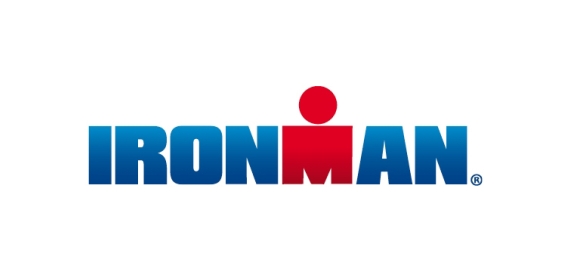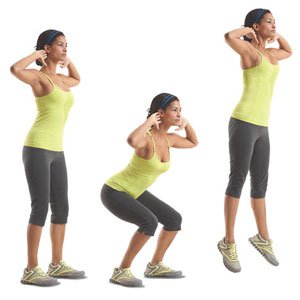Hello again!
I am going to start out by saying that I am going to be reviewing a product that I have been using for the past few weeks. I am not paid to review it, nor is the company involved in any way with this post or blog. This will be a more general overview of the product rather than an in- depth review.
So what is Thrive? The THRIVE Experience is an 8-week premium lifestyle plan to help individuals experience and reach peak physical & mental levels. (https://campbellsthrive.le-vel.com/experience)
Thrive by Le-Vel is a relatively new company. When people ask, I tell them that it is sort of like AdvoCare. In the 8- week program, you get a box of vitamin pills, protein shakes, and the DFT (Derma Fusion Technology) patch.
At first, I was very skeptical and did not give it much thought. Eventually I decided to try it, and I could tell a difference in my energy and focus levels in just one day. It was incredible. Thrive is not a “weight loss” or “diet” program per se. It does aid in weight management, however the product gets your body the nutrients it needs throughout the day. The DFT patch slowly releases more vitamins and caffeine throughout the day, which minimizes your need to remember to take supplement pills. That is where it has also really helped me. I am terrible at taking pills and medicine. Because the patch is releasing lots of vitamins, you need to be sure to drink LOTS of water to flush everything out.
The only downside of the product so far is its price tag. I paid $173.00 (grand total after shipping and tax.) for a month’s worth of Thrive. I feel the product is worth giving a try if you want to make some changes to your life. You do not have to buy it every month. There is no recurring fee or anything like that. It is completely on your terms. If you do decide to try it, I hope you will experience the positive impact that I have!
-Brenna 🙂






